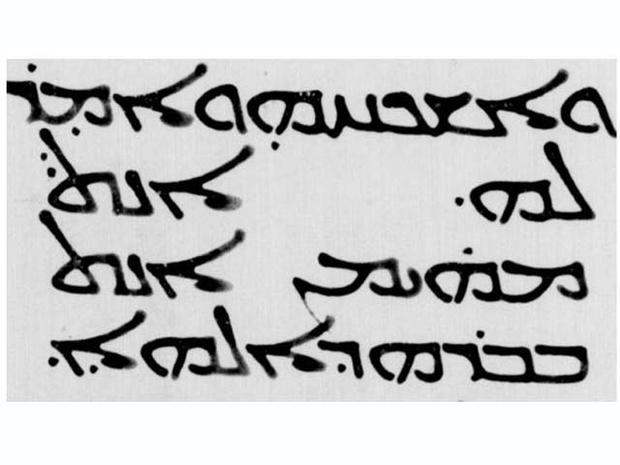Syriac double dot: World's earliest question mark
For decades, grammarians studying ancient Syriac texts were puzzled by the meaning of a symbol that resembles a modern colon. But a Cambridge researcher says that he's uncovered the mystery behind this double dot, known as the "zagwa elaya," or "upper pair." And if he's right, then this may be the earliest known usage of a punctuation symbol representing a question mark.
"When you are sitting round a table reading a Syriac text with students, they ask all kinds of questions - like what the heck does this or that dot mean - and you want to be able to answer them," Cambridge manuscript expert Chip Coakley told the Cambridge news service. "In addition, as I've got older I've got fascinated by smaller and smaller things like punctuation marks."
The zawga elaya, is written above a word near the start of a sentence to indicate to a reader that it is a question. However, the double dot does not accompany all questions.
"Reading aloud, the same function is served by a rising tone of voice - or at least it is in English - and it is interesting to ponder whether zawga elaya really marks the grammar of the question, or whether it is a direction to someone reading the Bible aloud to modulate their voice," said Coakley.
"I'd describe it as a significant footnote in the history of writing," he said. "And it's satisfying to have made sense of some of those weird dots."
